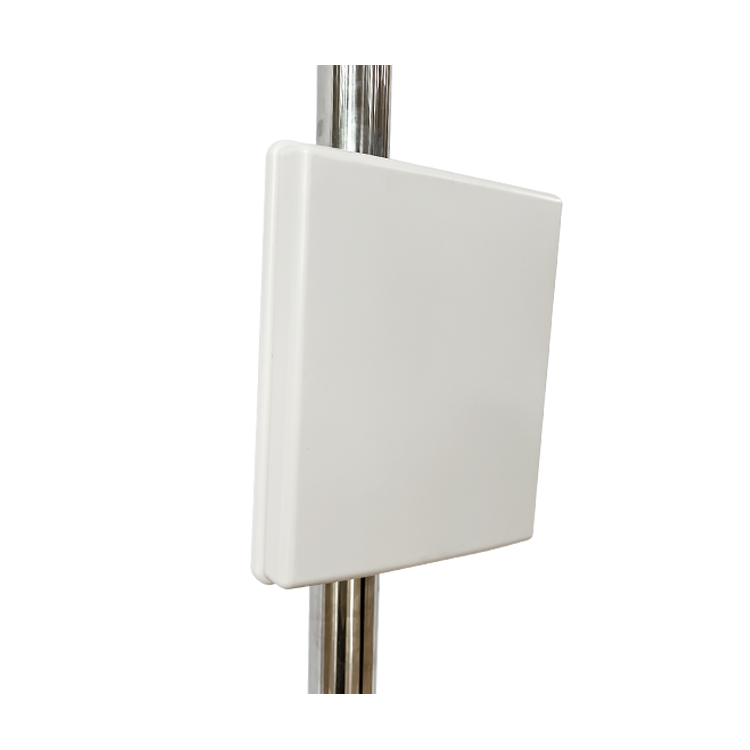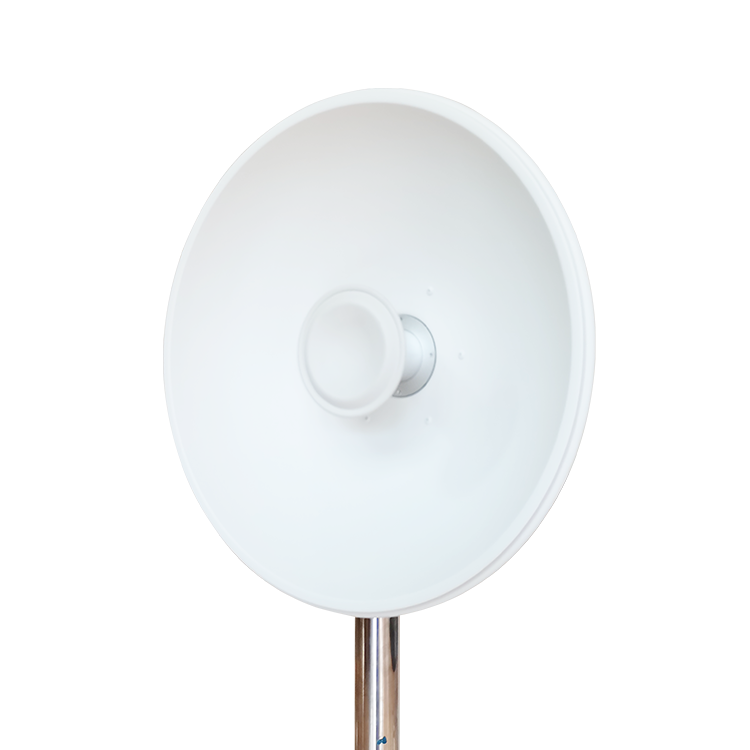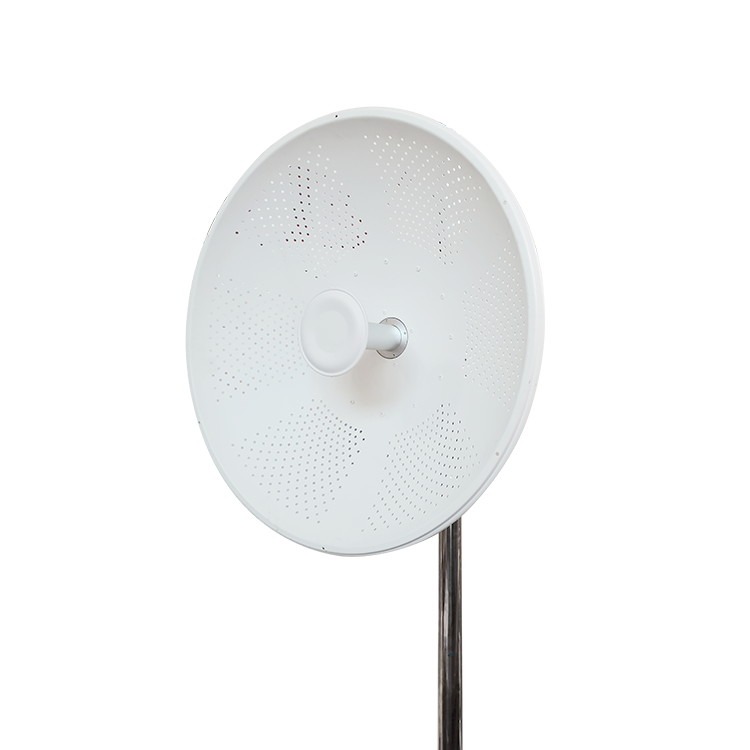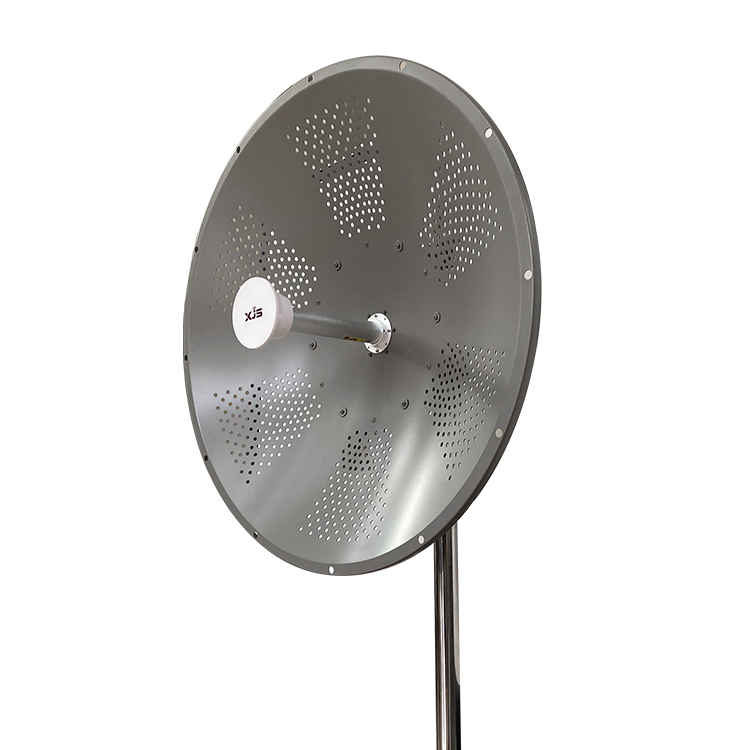In today's fast-paced digital world, reliable internet connectivity is essential for both personal and professional purposes. Dual band WiFi panel antennas can significantly enhance your wireless communication experience. They are designed to operate on both the 2.4 GHz and 5.8 GHz frequency bands, providing greater flexibility and performance. In this article, we will explore the top six benefits of opting dual band WiFi panel antennas, helping you understand why they are an ideal solution for your connectivity needs.
1. Enhanced Signal Strength and Coverage
One of the primary advantages of dual band WiFi panel antennas is their ability to improve signal strength and coverage. By operating on two frequency bands, these antennas can effectively reduce dead zones and provide a more stable connection throughout your space.
2.4 GHz Band: This frequency is ideal for longer-range connections, making it suitable for larger areas or environments with obstacles such as walls and furniture. It is particularly effective for devices that require a stable connection at a distance, such as smart home devices and IoT sensors.
5.8 GHz Band: This frequency offers higher data rates and is less prone to interference from other devices, making it perfect for high-bandwidth activities like streaming and gaming. Studies show that utilizing dual band antennas can increase effective data transfer rates by up to 200 Mbps on the 5.8 GHz band, allowing for smoother 4K video streaming and faster downloads, essential for today's data-hungry applications.
2. Increased Network Capacity
With the growing number of devices connected to the internet, network congestion can become a significant issue. Dual band WiFi panel antennas help alleviate this problem by allowing multiple devices to connect simultaneously without sacrificing performance.
Load Balancing: Devices can be distributed across both frequency bands, optimizing the overall network performance and ensuring that each device receives adequate bandwidth. For instance, in a smart home setting, having multiple smart appliances connected can lead to congestion. A dual band antenna can manage this load efficiently, allowing for seamless connectivity of smart lights, thermostats, and security systems.
3. Flexibility for Various Applications
Dual band WiFi panel antennas are versatile and can be used in a wide range of applications, from residential setups to industrial environments. Their adaptability makes them suitable for:
Smart Homes: Connect multiple smart devices seamlessly without lag, ensuring that all devices operate efficiently without interference.
Offices: Support various devices, including laptops, smartphones, and printers, ensuring efficient communication, especially during peak usage times.
Public Spaces: Provide reliable internet access in cafes, libraries, and other communal areas. The versatility of dual band antennas extends beyond homes and offices; they are instrumental in outdoor applications such as WiFi hotspots in parks, enabling public access and supporting various devices from different users simultaneously.
2.4/5.8 GHz Dual Band 14 dBi MIMO Panel Antenna
4. Improved Data Transfer Rates
The ability to operate on two frequency bands allows dual band WiFi panel antennas to offer improved data transfer rates. This is particularly beneficial for:
- Streaming Services: Enjoy uninterrupted streaming of high-definition content without buffering, as the 5.8 GHz band can handle more data-intensive applications.
- Online Gaming: Experience reduced latency and smoother gameplay, giving you a competitive edge.
With dual band antennas, users can leverage the higher throughput available on the 5.8 GHz band while utilizing the 2.4 GHz band for everyday browsing and lower-bandwidth tasks.
5. Reduced Interference and Better Performance
Interference from other electronic devices can degrade the quality of your wireless connection. Dual band WiFi panel antennas help mitigate this issue by:
Utilizing the 5.8 GHz Band: This band is typically less crowded, resulting in fewer disruptions and a more reliable connection. The availability of numerous non-overlapping channels at 5.8 GHz further minimizes interference.
Dynamic Switching: Many dual band antennas can automatically switch between bands based on current network conditions, ensuring optimal performance at all times. This feature is crucial in environments where interference is unpredictable, such as offices filled with various electronic devices.
6. Cost-effective Solution
Investing in dual band WiFi panel antennas can be a cost-effective solution for enhancing your wireless network. By improving coverage and performance, these antennas can reduce the need for additional equipment, such as range extenders or additional access points.
Long-Term Savings: With better connectivity, you can minimize downtime and improve productivity, leading to significant cost savings over time.
Conclusion
Choosing a dual band WiFi panel antenna is a smart decision for anyone looking to enhance their wireless connectivity. With benefits such as improved signal strength, increased network capacity, and reduced interference, these antennas are designed to meet the demands of modern internet usage.
For businesses and individuals alike, investing in high-quality dual band antennas can lead to superior performance and a more reliable internet experience. If you are considering upgrading your wireless network, please feel free to contact us at xjs@gyxjs.com to find the perfect dual band WiFi panel antenna that fulfills your specific needs.





